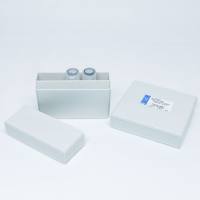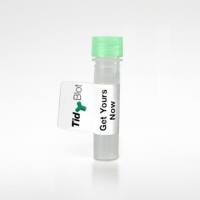Drug Effects on Behaviors Maintained by Electrical Brain Stimulation
互联网
629
Research on electrical stimulation of the brain (ESB) has a long and venerable history. As reviewed elsewhere (Ervin and Kenney, 1971 53 ; Doty, 1969 48 ), brain stimulation has made classical contributions to neuroscience research, including the localization of cortical areas subserving motor functions and an understanding of the mechanisms of propagated seizures. Its widespread applications to the study of animal behavior originated largely in three concurrent research advances: the discovery of brain-stimulation reward (intracranial self-stimulation, or ICSS) by Olds and Milner (1954) 146 , aversive effects of brain stimulation (Delgado et al., 1954 43 ), and stimulation-induced defensive behaviors in cats (Hess, 1954 97 ). An immediate convergence with the coincidentally emerging field of psychopharmacology was achieved by Olds, who described for the first time the now classical finding that chlorpromazine and reserpine attenuate ICSS behavior (Olds et al., 1956 148 ).









